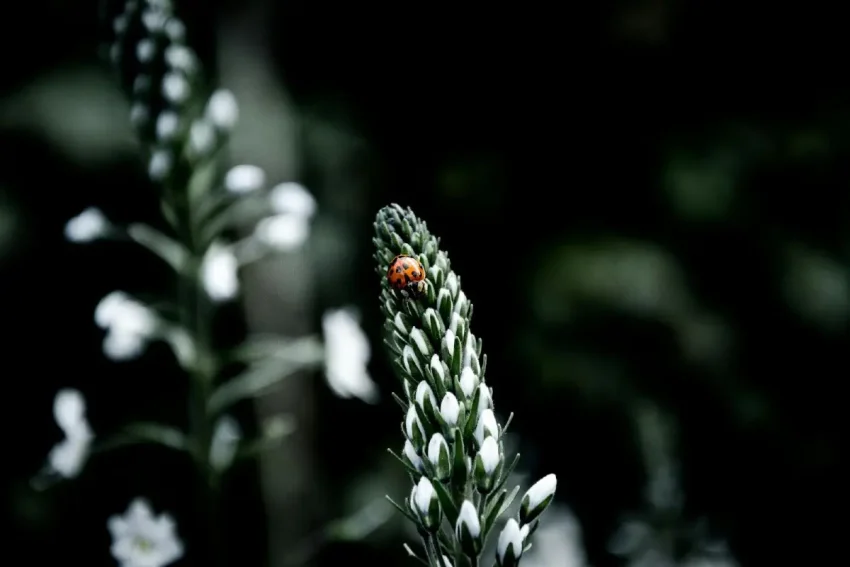Understanding Seasonal Changes in Pest Behavior

For those keeping an eye on the intricate world of pests, it is clear: their behavior is based on the seasons. Whether a gardener notices more aphids in spring, or a city dweller battling rodents as winter creeps in, these changes are not mere coincidences.
They highlight the predictable, yet fascinating rhythm of nature. Understanding these patterns holds power, offering insights into both prevention and control.
Spring’s Awakening
Spring heralds a time of rebirth — and for pests, this means population booms and the frantic beginning of their life cycles. Warmer temperatures signal insects to emerge from pupae, proliferating in a race to consume young plants. This influx can ruin crops, with aphids, caterpillars, and beetles among the usual suspects. Their hasty reproduction can be devastating. But this invasion isn’t spontaneous. Dormancy periods, carefully timed, ensure their springtime explosion.
Moreover, the water-rich environment post-winter thaws provides the hydration that pests crave. It is a countryside buffet. Farmers, if unaware, might lose fields of promise to these ravenous critters. Early Spring vigilance is paramount. Implement firm strategies, like planting resistant species, to stave off their advances.
As temperatures gently rise, different species of pests awaken in stages. This staggered emergence offers an opportunity to tackle specific groups methodically. Orchards and garden beds can be infused with traps or natural predators like spiders or birds. Monitoring and adjusting tactics based on the prevalent pest type allows for adaptive management routines, maximizing effectiveness while minimizing harm to beneficial organisms.
Summer’s Sizzle
As the mercury rises, pests are in full throttle. Summer is a prime breeding season, facilitated by consistent warmth and abundant food sources. This season’s flyers, like the annoying mosquitoes or houseflies, present in their swarm, are relentless in their pursuit of food and mates.
It’s not just insects. Rodents, too, seize their chance in summer. Urban areas serve as prime habitats. Burrowing and nesting nearby, their numbers burgeon. But it’s not all doom. By trimming excess vegetation and securing trash bins, one can significantly curtail their presence. Sometimes, simple measures are the most effective deterrents.
Summer’s heatwave often amplifies the competition among pests. With resources fervently sought after, aggressive behaviors may be witnessed within insect hierarchies. Farmers and homeowners could note these internal skirmishes, using them to craft targeted interventions. Solitary or territorial species can become more vulnerable; hence, monitoring their cycles might yield effective points for intervention.
For those experiencing overwhelming pest pressures during the intense summer months, specialized assistance might be beneficial. A reliable pest control service in Phoenix ensures that preventive measures are adapted to local pest behaviors, providing tailored support for both residential and commercial settings.
Autumn’s Retreat
Fall is a harbinger of an approaching quiet. As days shorten and temperatures cool, pests instinctively prepare for slumber or migration. Some glide southwards, like butterflies on a journey, while others nestle in, insulating against the oncoming frost.
This transition offers strategic opportunities for control. Sanitation becomes the byword. Clearing debris and dying foliage disrupts burrows. Yet, remember, some insects, like ladybugs, become allies in a balanced ecosystem, keeping other pest numbers in check. Here, knowledge is the weapon of choice, distinguishing friend from foe.
With many species preparing for dormancy, there’s also a natural decline in pest aggression. This dip in activity can be harnessed to introduce long-term management solutions such as habitat modification or plant rotations, targeting overwintering sites. This quieter period may be ideal to launch breeding grounds for beneficial insects that will revitalize the landscape come spring.
In areas with mild autumn climates, lingering warmth can allow certain pests to remain active for longer periods. Homeowners across San Joaquin County often rely on pest control Tracy services to prepare properties before winter sets in. Taking proactive action during this transitional phase helps reduce infestations when temperatures drop.
Winter’s Pause
Winter, while seemingly silent, does not mean extermination for all pests. Some species continue their quiet encroachment into homes, seeking warmth and sustenance. Rats and mice are the craftiest, marking human abodes as winter escapes. Here, precise action is key. Cover entry points, set traps judiciously: defenses can hold firm.
As for insects, many lie dormant, tucked away until nature’s thaw. Their patience ensures continuation. Those better prepared with sealed homes and smart strategies can sail smoothly through winter.
Although winter delivers harsh conditions outside, the comfortable warmth indoors provides an attractive refuge. This forces a balance between maintaining interior comforts and fortifying defenses. Regular checks of known access points, such as vents and chimneys, help anticipate invasions. As pests play the long game, consistency and vigilance allow homeowners to win this seasonal test.
Takeaways
Pest behavior, tied intricately to the rhythm of the seasons, defines their pervasiveness and our response to them. With each season predicting distinct challenges, the observant stand better prepared. By understanding how weather acts as both a stimulant and a suppressant, one can develop effective strategies. The cogency lies in proactively adapting season by season, ensuring counters to their invasions are robust and timely.
It is not a battle of eradication but of balance. Keeping the scales tipped in favor of humanity requires awareness, persistence, and occasionally, a touch of ingenuity that bends nature back towards order.



